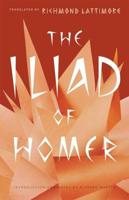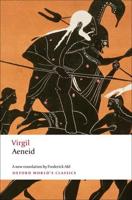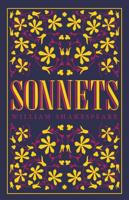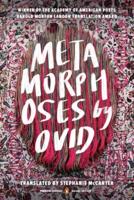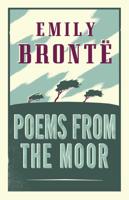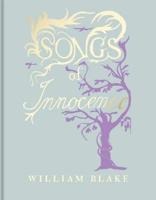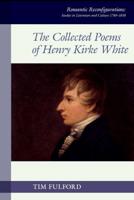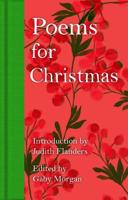Publisher's Synopsis
The Nibelungenlied
By An Unknown Author
Translated by Daniel B. Shumway
The Nibelungenlied, translated as The Song of the Nibelungs, is an epic poem in Middle High German. The story tells of dragon-slayer Siegfried at the court of the Burgundians, how he was murdered, and of his wife Kriemhild's revenge.
The Nibelungenlied is based on pre-Christian Germanic heroic motifs (the "Nibelungensaga"), which include oral traditions and reports based on historic events and individuals of the 5th and 6th centuries. Old Norse parallels of the legend survive in the VOlsunga saga, the Prose Edda, the Poetic Edda, the Legend of Norna-Gest, and The Gothic King Theoderic the Great.
In 2009, the three main manuscripts of the Nibelungenlied were inscribed in UNESCO's Memory of the World Register in recognition of their historical significance.
There is probably no poem of German literature that has excited such universal interest, or that has been so much studied and discussed, as the "Nibelungenlied." In its present form it is a product of the age of chivalry, but it reaches back to the earliest epochs of German antiquity, and embraces not only the pageantry of courtly chivalry, but also traits of ancient Germanic folklore and probably of Teutonic mythology. One of its earliest critics fitly called it a German "Iliad," for, like this great Greek epic, it goes back to the remotest times and unites the monumental fragments of half-forgotten myths and historical personages into a poem that is essentially national in character, and the embodiment of all that is great in the antiquity of the race. Though lacking to some extent the dignity of the "Iliad," the "Nibelungenlied" surpasses the former in the deep tragedy which pervades it, the tragedy of fate, the inevitable retribution for crime, the never-dying struggle between the powers of good and evil, between light and darkness.
That the poem must have been exceedingly popular during the Middle Ages is evinced by the great number of Manuscripts that have come down to us. We possess in all twenty-eight more or less complete MSS., preserved in thirty-one fragments, fifteen of which date from the thirteenth and fourteenth centuries. Of all these MSS., but nine are so well preserved that, in spite of some minor breaks, they can be considered complete. Of this number three, designated respectively as A, B, C, are looked upon as the most important for purposes of textual criticism, and around them a fierce battle has been waged, which is not even yet settled. It is now generally conceded that the longest MS., C, is a later redaction with many additional strophes, but opinions are divided as to whether the priority should be given to A or B, the probabilities being that B is the more original, A merely a careless copy of B.

